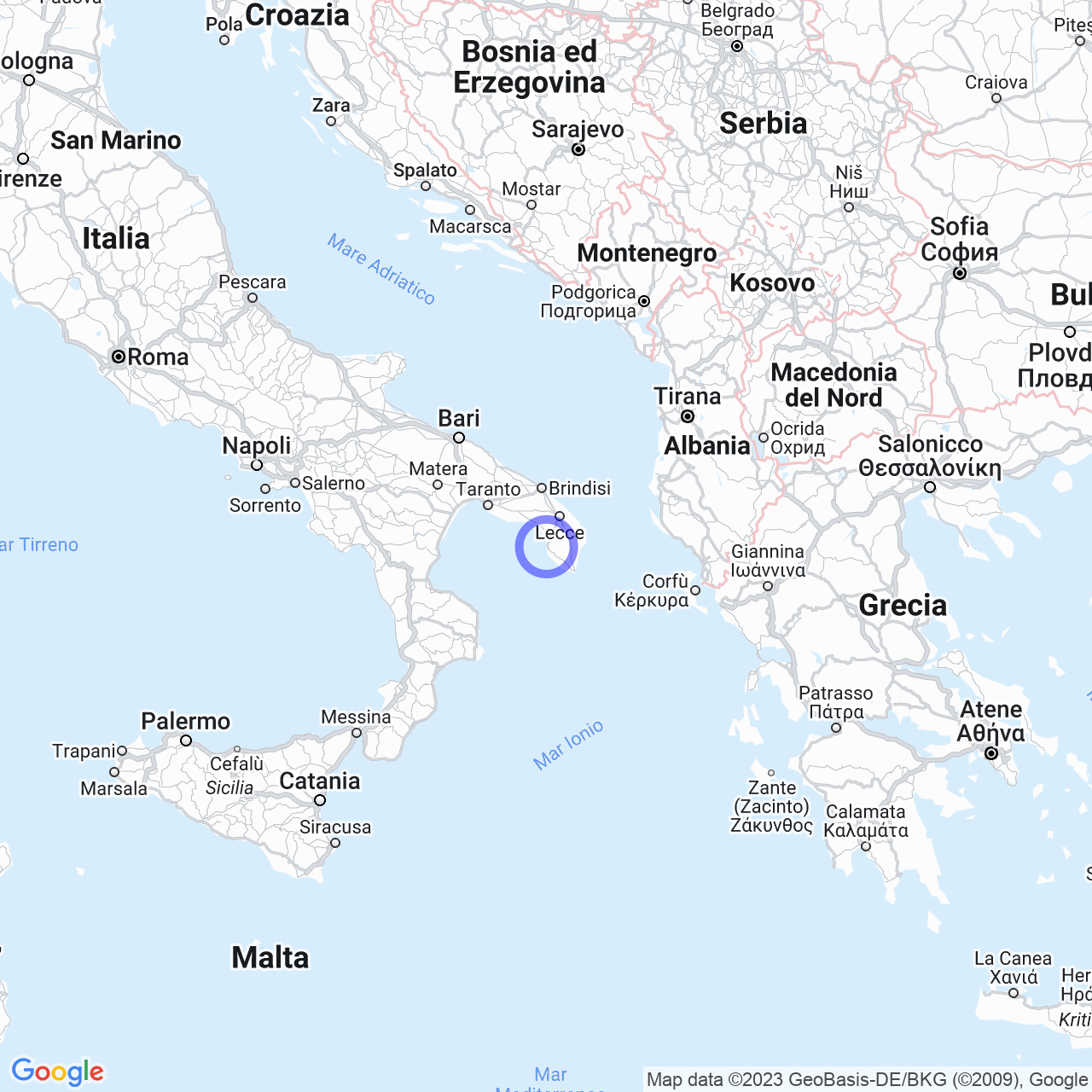Gallipoli
Welcome to Gallipoli, the "beautiful city" on the Ionian Sea
If you're looking for a city that combines the charm of the sea and history, Gallipoli is the right place for you. With its almost 20 km of beaches and the historical center located on a limestone island, Gallipoli is a truly unique city that will give you moments of relaxation and culture.
Physical Geography

Territory
Gallipoli is located along the western coast of Salento and overlooks the Ionian Sea. The city is divided into two parts: the historical center, located on a limestone island connected to the mainland by a seventeenth-century bridge, and the new village, more modern. The territory of Gallipoli borders the municipalities of Galatone, Sannicola, Alezio, Matino, and Taviano and is characterized by a coastline of about 20 km.
Climate
The climate in Gallipoli is typically Mediterranean, with mild winters and hot, humid summers. The average temperature of the coldest month, January, is around +9 °C, while that of the hottest month, August, is around +25.1 °C. Annual average rainfall is about 676 mm.
Origins of the name
The name "Gallipoli" is derived from classical Greek "Kallípolis," which means "beautiful city." However, there are also other hypotheses that refer to the denomination given to the city by Pliny the Elder: "Senonum Gallipolis," which hypothesized a colonization of a Messapic site by Celtic populations.
History
From the origins to the 6th century
Gallipoli has a very ancient history, dating back to Messapic and Greek civilizations. In the 3rd century B.C., the city became an important commercial center and later became part of the Kingdom of Naples and the Kingdom of the Two Sicilies.
From the 6th century to the 19th century
Starting from the 6th century, Gallipoli became a bishopric and was involved in the struggles between Byzantines and Ostrogoths. In the Middle Ages, the city suffered the invasion of the Arabs and Normans and later came under the control of the Swabian and Angevin kings. In the 15th century, it was involved in the struggles between Aragonese and Angevins and finally came under the control of the Bourbons.
From the 20th century to today
After the Unification of Italy, Gallipoli became part of the province of Lecce and, during the 20th century, developed considerably thanks to seaside tourism. In 2015, the city presided over the Permanent Conference of Historical Mediterranean Cities, demonstrating once again its importance at the international level.
Things to see in Gallipoli
Historic center
The historical center of Gallipoli is a true architectural gem, with its churches, noble palaces, and narrow winding streets. Not to be missed are the Castle, the Church of Sant'Agata, and the Cathedral of Sant'Agata.
Beaches
Thanks to its numerous beaches, Gallipoli is an ideal destination for those who love the sea and relaxation. Among the most beautiful and famous are Baia Verde, Punta della Suina, and Lido San Giovanni.
Island of Sant'Andrea
The Island of Sant'Andrea is located in front of the historical center of Gallipoli and is an ideal place for those who love hiking and nature. Here you can visit the Lighthouse, which offers a breathtaking panoramic view of the city.
Conclusions
Gallipoli is a city that will conquer you with its Mediterranean charm and its millenary history. Whether you're looking for a beach vacation or a cultural visit, Gallipoli will satisfy all your desires. What are you waiting for? Come and discover the "beautiful city" on the Ionian Sea!
